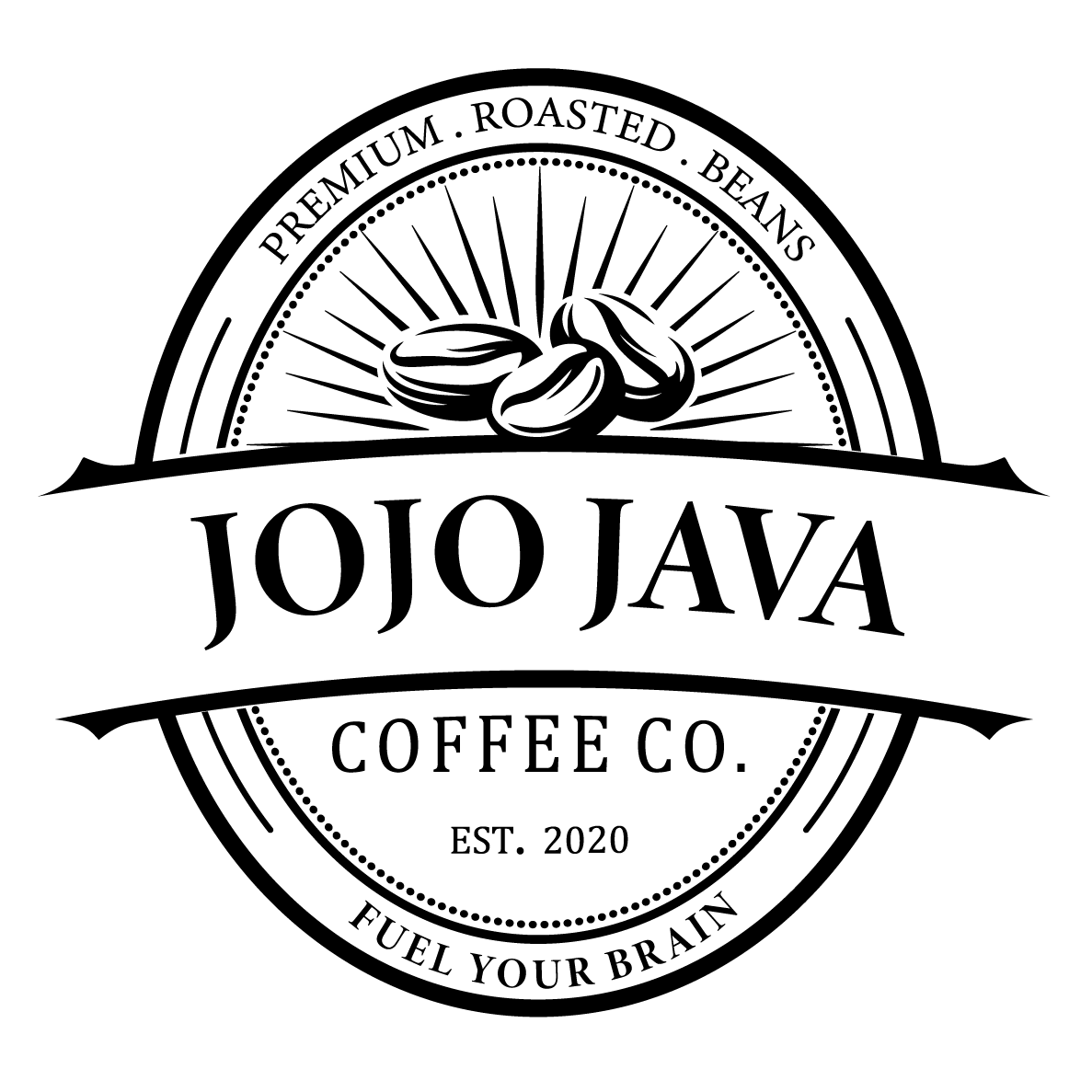Were you aware there are 120 species of Coffee genus, but for coffee sold worldwide we only use 4? Arabica, Robusta, Liberica, and Excelsa. Together, these four types of beans are what is shipped, brewed, and drank around the world
But why only these 4 types of coffee beans? Let’s take a closer look at what makes these coffee beans so popular and special.
Arabica (Coffee arabica)
This popular bean gets its name from crossing the Red Sea from Ethiopia to Yemen and lower Arabia in the 7th century. It was used as a stimulant back then and has continued being so today. Arabica tends to be American’s top choice because of its sweetness, multi-layers of flavors, and low acidity, making it a perfect for light roast.
Worldwide, the arabica coffee bean consumes 60%-70% of all coffee beans produced. This is because the trees are no taller than six feet, making it easy to prune and harvest. Arabica trees grow in high altitudes where rain is steady and there’s plenty of shade, making the rainforest in Brazil the perfect environment.
When growing these trees they tend to be produced in large quantities which is not exactly smart considering they are prone to disease. They are also easily influenced by their environment, making them a delicate bean to harvest. This makes the cost for Arabica drive up, yet is still the most popular because of it’s sweet, soft taste.
When shopping for high quality Arabica coffee smell for a full body and low acidity. After brewing a cup, it’s best to drink it black, warm, and with a pinch of salt.
Robusta (coffee caniphora)
As you might have guessed, Robusta coffee gets its name from it’s durability in its environment. It’s tree is very tolerant, immune to disease, and can withstand extreme altitudes. These characteristics make this bean easy to grow in the Eastern Hemisphere, primarily in Africa and Indonesia. Robusta also contains a high amount of caffeine, acting as a natural insect repellent and protecting the plant from major threats.
Robusta coffee beans are the second most popular in the Middle East, Africa, and Europe. Because of its heavy body, low acidity and hints of chocolate notes it is known for its strong flavor, commonly used for instant coffee and as a filler in dark roast. Cultural areas where they favor strong coffees tend to drink this more than Arabica.
Compared to Arabica beans, Robusta is easier to grow and harvest which gives farmers higher profits. Instead of being produced for k-cups and grocery store shelves these beans are used in small-batch roasters.
This coffee is best paired with cream and sugar, making it a perfect cup of morning joe.
Liberica (coffee liberica)
This bean was named after where it originated from; Liberia, West Africa. Now predominantly grown in Southeast Asia, this coffee wasn’t always popular in the Philippines and Malaysia as it is today.
Due to an epidemic of leaf rust in 1890, 90% of all Arabica plants were wiped out worldwide. In hopes of resurrecting the coffee industry, producers in the Philippines were encouraged to grow Liberica beans.
It’s thick skin made it resistant to leaf rust and could grow in higher temperatures and lower altitudes. Liberica’s durability also made it easy to travel which is why they are currently grown in SouthEast Asia. They even grow wildly throughout the tropics of Africa.
On average, it takes 5 years for a Liberica tree to start sprouting cherries after it was planted. These cherries tend to be double in size and thickness than Arabica cherries. After the beans are plucked out and roasted they tend to have a smokey, chocolate flavor, but stay constantly sweet due to the beans able to absorb more sugars from mucilage than the cherries.
After spreading to Asia, Liberica coffee has kept a solid spot in Malaysia and Indonesia because of the Mulium community. After every prayer session Muslims tend to drink a cup of coffee along with a side of dates.
Due to Climate change, Robusta coffee producers may want to start switching to Liberica. Not only is it easier to harvest, resistant to leaf rust, and can grow in higher temperatures, but the producers would receive a higher profit.
Excelsa (coffee liberica var. dewevrei)
Until 2006, Excelsa beans were known as a separate class, but are now distinguished as a Liberica species. Compared to Liberica, the Excelsa bean is more tart and fruity, giving a lingering finish. It’s commonly added in house blends along with Arabica and Robusta to add complexity and dimension.
Regularly produced in Southeast Asia the Excelsa bean comes from large, powerful trees thriving in medium altitude. Because of it’s small bean and less attractive aroma when brewed, Excelsa makes up only 7% of the world’s coffee.
Coffee is one of nature’s pick me ups, energizing the world one cup at a time. Whether you like yours earthy and sweet or mixes well with sugar and cream, I’m sure one of these coffee beans is the right one for you.
If you’d like to try a sip of any of these wonderful flavors, head on down to Jojo-Java and subscribe today!


